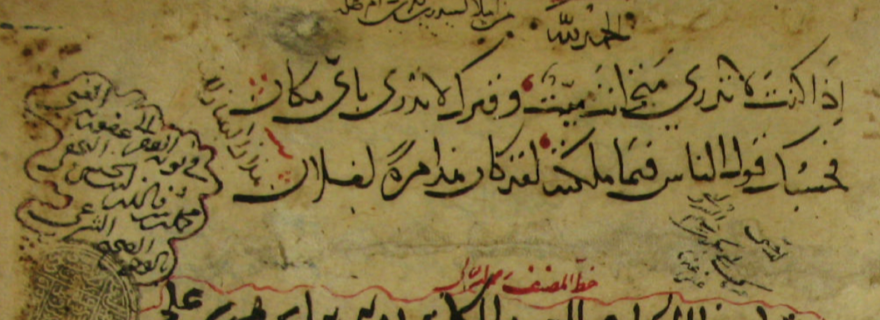Newly Discovered Shiʿi Manuscript
There is no doubt that the post-classical period of Islamic intellectual and religious history witnessed one of the most thriving epochs of scholarly production. In the centuries following the demise of Abū Ḥāmid al-Ghazālī (d. 1111), the learned traditions of Islam entered something akin to a golden age, especially in the rational disciplines of falsafah and kalām. We are now a long distance away from the hackneyed claims of decline and intellectual inactivity. That the post-classical period represents the best of Muslim intellectualism is attested by the hundreds of yet unexplored Arabic-Islamic manuscripts shelved in Iranian and Turkish libraries (and, to a lesser extent, in the uncharted territories of the Iraqi manuscript holdings).
In October 2022, I discovered the long-lost manuscript of Ḥadīqat al-nufūs wa ḥijlat al-ʿarūs (The Garden of Souls and the Bridal Chamber), a little-known work by the medieval Lebanese Shiʿi thinker and famed littérateur Taqī al-Dīn Ibrāhīm b. ʿAlī al-ʿĀmilī al-Kafʿamī (d. 1499). A fair number of al-Kafʿamī’s writings have been edited and published (available in PDF format here). These include his al-Maqām al-asnā, a work in the Shiʿi tafsīr tradition, and Muḥāsabat al-nafs, a manual on theology and spiritual psychology. Perhaps the best-known work of al-Kafʿamī, however, is the widely popular Miṣbāḥ, given its focus on devotional piety and supplicatory prayers. The Miṣbāḥ serves as a summary of another prayer manual by the author, namely al-Balad al-amīn wa l-dirʿ al-ḥaṣīn min al-adʿiya wa l-aʿmāl wa l-awrād wa l-adhkār.
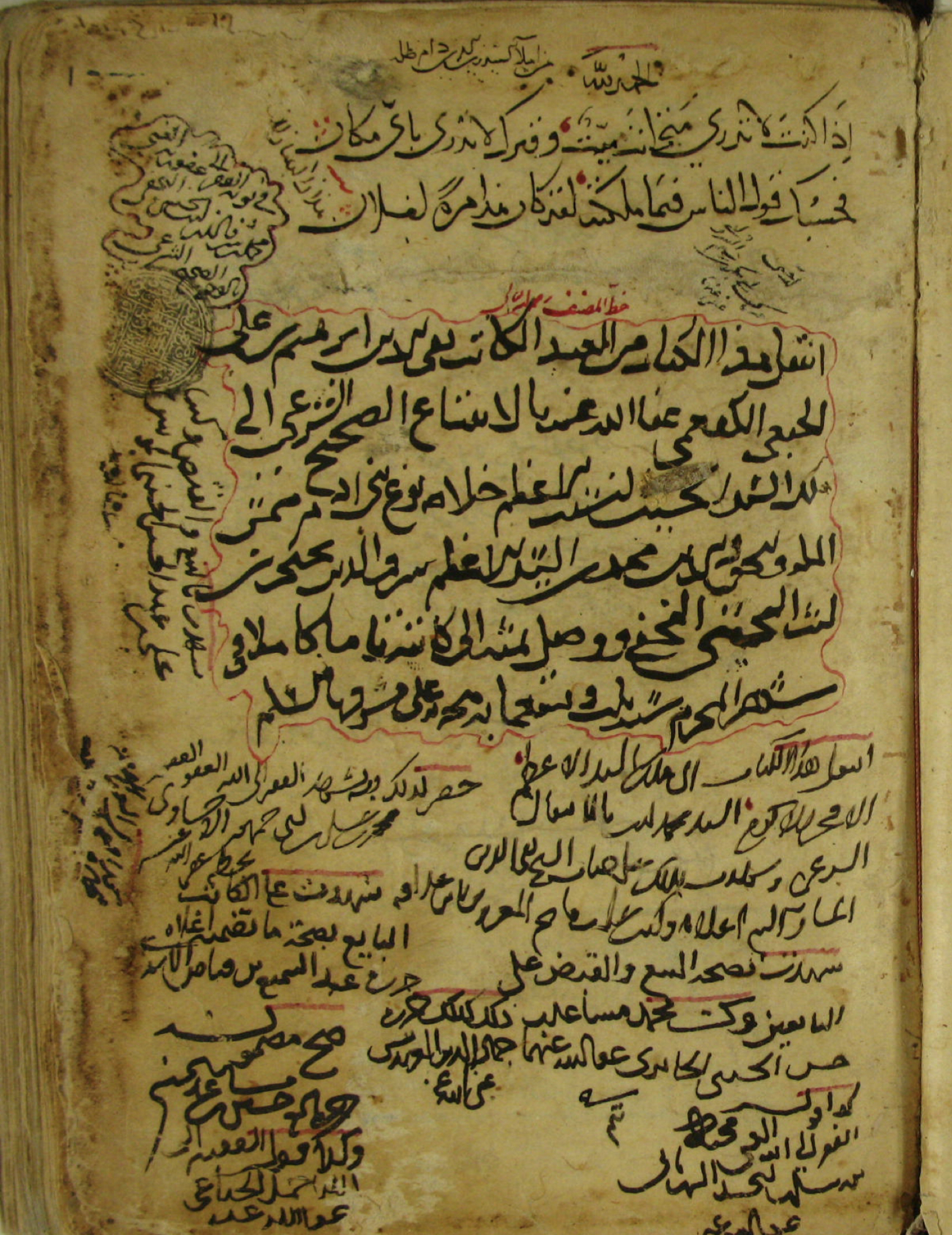
As for the Ḥadīqat al-nufūs, modern scholarship remains largely oblivious and knows virtually nothing about this lengthy text. Specialists are aware of the work as belonging to al-Kafʿamī, thanks to the standard biographies of our author (perhaps the lengthiest treatment is that of al-Ḥurr al-ʿĀmilī in his Amal al-āmil fī ʿulamāʾ Jabal al-ʿĀmil). It is only in recent times, however, that the manuscript of the Ḥadīqat al-nufūs has become available for study. To the best of my knowledge — and I could be wrong, of course — the work is extant in a unicum at the Süleymaniye Kütüphanesi in Istanbul (MS 897). As far as I know, the work has not been edited. I stumbled across it while perusing a collection of digitised manuscripts from the Süleymaniye collection back in October 2022, as mentioned earlier.
So what is the Ḥadīqat al-nufūs about? Luckily, I am in possession of the complete manuscript, which I suspect is quite early and was probably copied during the author’s lifetime. In fact, the Istanbul manuscript could very well be the personal copy of al-Kafʿamī himself, given that a small note in the front matter explicitly suggests that the ex librisattributed to al-Kafʿamī is a holograph of our author. The ex libris, as well as the seller notes, read:
خط المصنف رحمه الله
انتقل هذا الكتاب من العبد الكاتب تقي الدين بن ابراهيم بن علي الجبعي الكفعمي عفا الله عنه بالابتياع الصحيح الشرعي الى ملك السيد الحسيب النسيب الأعظم خلاصة نوع بني آدم شمس الملة والحق والدين محمد بن السيد الأعظم شرف الدين يحيى بن ليث الحسيني النجفي ووصل ثمنه إلى كاتبه تاما كاملا في شهر المحرم سنة ثلاث وتسعمائة هجرية على مشرفها السلام
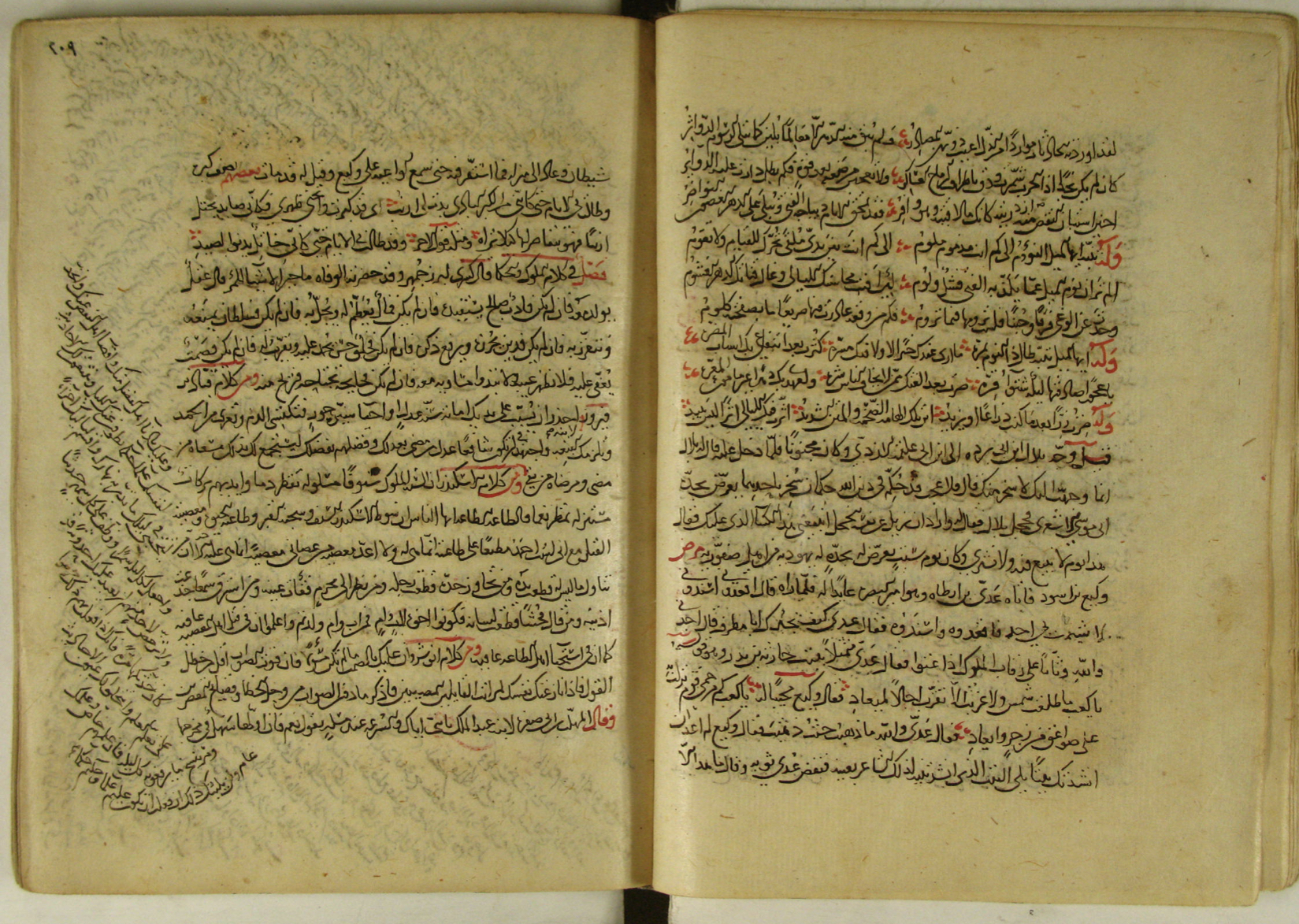
The work is a wonderful hodgepodge of everything and anything in Islamic studies, bordering on a mixture between an encyclopaedia and a compendium of learned traditions. There are over 150 chapters (the total number of folios exceeds 800). It includes chapters that address the following themes and subjects:
- Kalām principles
- Wisdom literature
- Devotional prayers
- Lengthy tafsīr of various Qurʾānic passages
- Moral aphorisms
- Lengthy quotations of Shiʿi ḥadīth texts such as the Ghurar al-ḥikam
- Geographical information
- Local histories (such as the history of Basra)
- Legal dicta
- Numerology
- Abridgements of known works of Arabic literature, such as Nuzhat al-albāʾ fī ṭabaqāt al-udabāʾ by Abū l-Barakāt al-Anbārī (d. 1181)
- Theodicy
- Animal fables
- Philosophical anthropology
- The classification of the sciences
- Astrology
- On canals and wells
- On plagues
- The tools of tafsīr
- Gemstones
- Celestial movement
- Human anatomy
- Arabic adorations
- Biographies and bibliographies of famed Shiʿi scholars
- On the nature of speech
- On the means of arriving at a legal decision in Islam
- On the soul
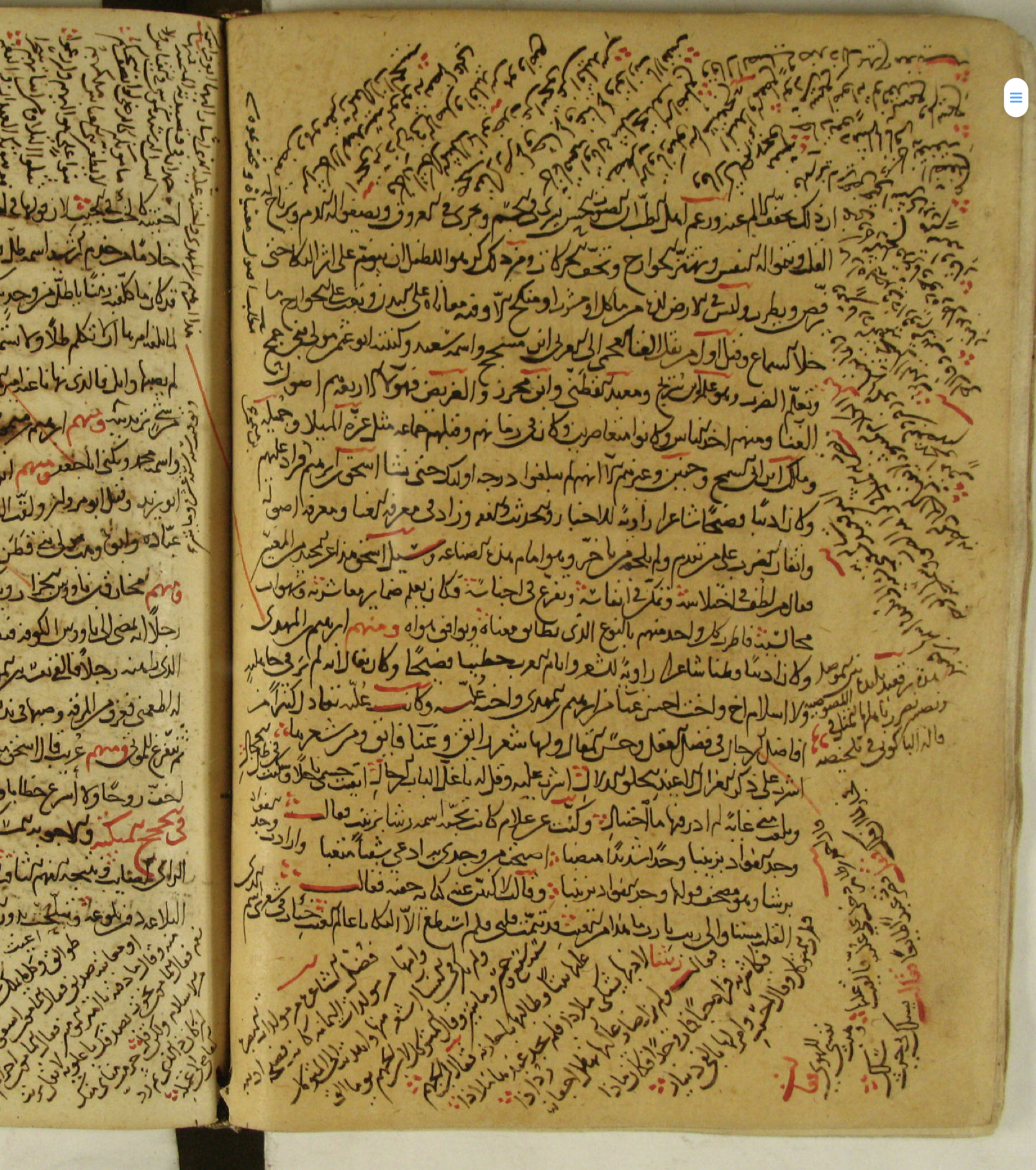
These are but representative examples of the variegated chapter headings of the Ḥadīqat al-nufūs. I enclose a few images of the manuscript, penned in a beautiful hand with plenty of rubrications.
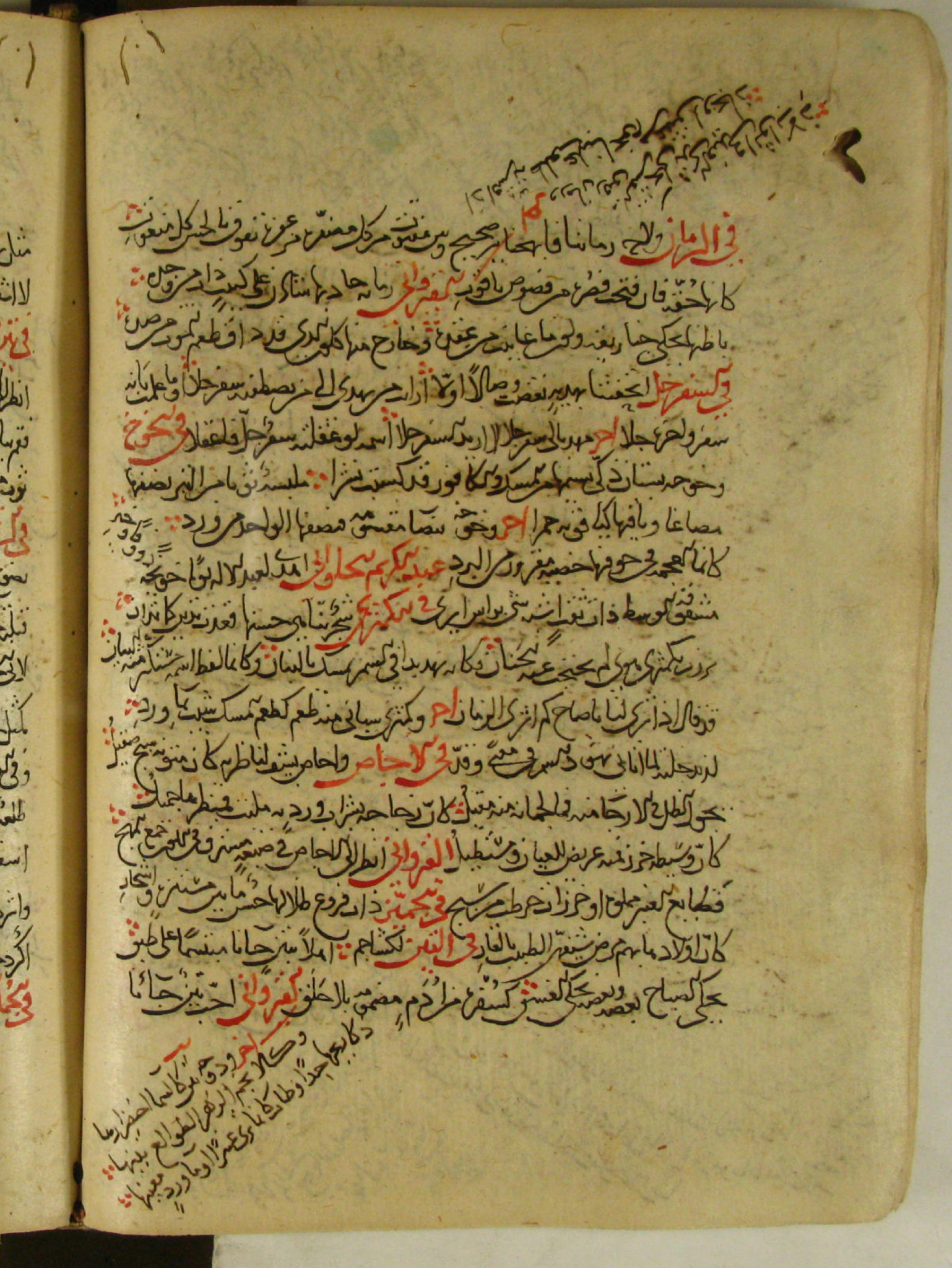
[Note: I am aware that I may not be the first researcher to encounter the manuscript in question. It is entirely possibly that others may have seen the text before. Indeed, one or two researchers claim to have seen the work of al-Kafʿamī before 2022, which is not inconceivable.]


